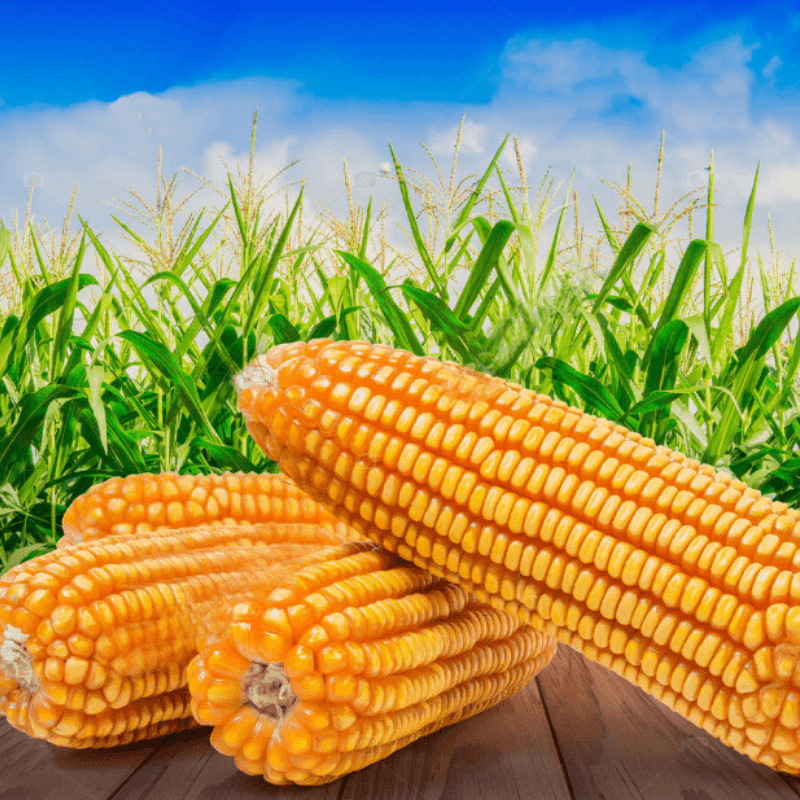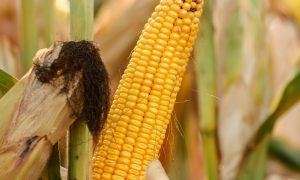Experts push for banning water-guzzler spring maize in Punjab

This third crop is sown in February and harvested in June, and it is on the highly recommended list of Punjab Agricultural University as the state is already struggling with the depletion of the groundwater table at alarming levels. Experts estimate this year about one lakh hectares or 2.50 lakh acres area was used to cultivate spring maize from 44,000 hectares in 2022.
State agriculture department and Punjab Agricultural University (PAU) experts strongly favour legislation to ban the water-guzzler ‘spring maize’ as the remunerative commercial crop is gaining popularity among the farming community.
This third crop is sown in February and harvested in June, and it is on the highly recommended list of the PAU as the state is already struggling with the depletion of the groundwater table at alarming levels. Experts estimate this year about one lakh hectares or 2.50 lakh acres area was used to cultivate spring maize from 44,000 hectares in 2022.
As per Punjab Mandi Board data, the state has seen the arrival of 32 lakh quintals of spring maize till June 30 which was 50% more than during the corresponding period 2022 when 21 lakh quintals hit the mandis.
According to agriculture director Gurvinder Singh, the state only promotes kharif season maize as an alternative to paddy while maize sown in February is highly hazardous from Punjab’s perspective.
There is no official data on spring maize acreage as it is not a recommended crop.
“This crop is a big no for Punjab where the groundwater table is depleting drastically and there is a need for sustainable farming. Maize sown in February-March is a very recent trend in the last about 4 years but its growing popularity is alarming. Punjab cannot afford to allow a highly water-intensive crop when the state is facing a threat of quality water for agriculture. Cultivation of spring maize needs a ban under a new law to save water and it should be allowed strictly only with water-saving technology of drip irrigation” said the director.
Spring maize is used to silage, considered a superfood for cattle.
Experts attribute the growing popularity of the crop to an increase in the number of private silage manufacturing plants in different parts of the state in the last few years.
Spring maize is sown mostly in the potato belt of Doaba region comprising Jalandhar, Hoshiarpur, and Kapurthala districts and farmers in Ludhiana, Gurdaspur and Patiala cultivate the crop.
As per the official data, out of 31. 53 lakh quintal maize arrived in the mandis by June end, 31.11 lakh quintal crop was bought by the private buyers below the MSP (minimum support price) of ₹2,090 per quintal.
Various farmer unions have been protesting against the Punjab government stating low rates have caused losses to farmers.
The director said farmers are getting 35-40 quintals per acre during spring, which is quite a high yield than kharif when the average per acre yield is less than 20 quintals.
“Farmers may be getting less than MSP but the high yield per acre brings them more money. But the cultivation of spring maize is hazardous to Punjab’s agricultural ecosystem,” he added.
PAU agronomist and expert in water management Ajmer Brar said Punjab needs to diversify its crop pattern, from paddy to maize, cotton and basmati.
“But the ideal alternative when it comes to maize is not the spring maize but kharif maize, which is grown during the paddy season from June to October. When sown in June or July, maize requires 4-5 irrigation cycles in the rainy season. Whereas the crop’s requirement touches 28-30 irrigations when sown in spring or summer. Punjab government must ban the spring maize or allow it only using drip irrigation,” added Brar.
Due to high temperatures, the water gets evaporated soon and frequent watering of the maize crop is needed in the peak summer season. This affects the water table drastically.
Principal maize breeder at PAU Surinder Kaur Sandhu said after the popularity of spring maize, a section has now started sowing maize between wheat and paddy.
“Both are not recommended for Punjab and the popularity of this crop pattern is a matter of serious concern. Innovation of short duration rice varieties is being taken in a wrong manner as farmers have started overstressing the farms by rearing 90-day duration crop of maize in an unwanted manner between wheat harvesting and sowing of paddy,” she said.
According to Sandhu, spring maize was being grown for the last almost a decade but following a sharp rise in rates of wheat straw or ‘toori’ used as cattle fodder, silage manufacturing units have suddenly started mushrooming for the last 3-4 years.
“Information gathered from the seed and silage manufacturers hints that this year one lakh hectares was used for sowing spring maize. It is an easy and remunerative crop but the state government should intervene in view of Punjab’s water crisis,” she added.















